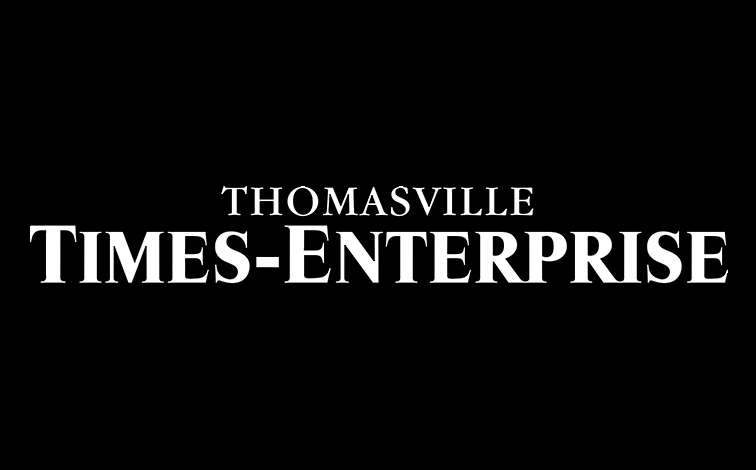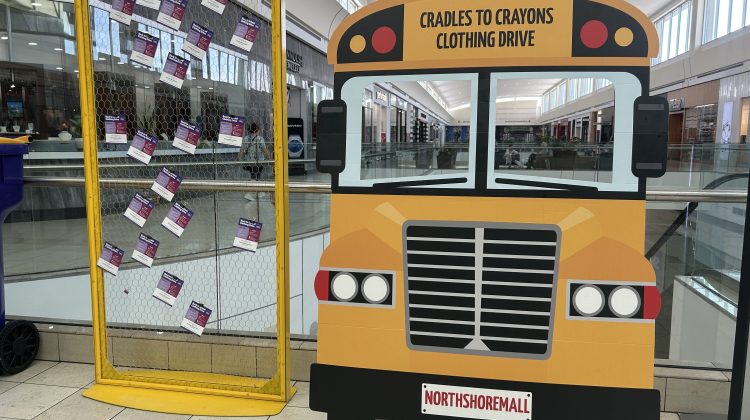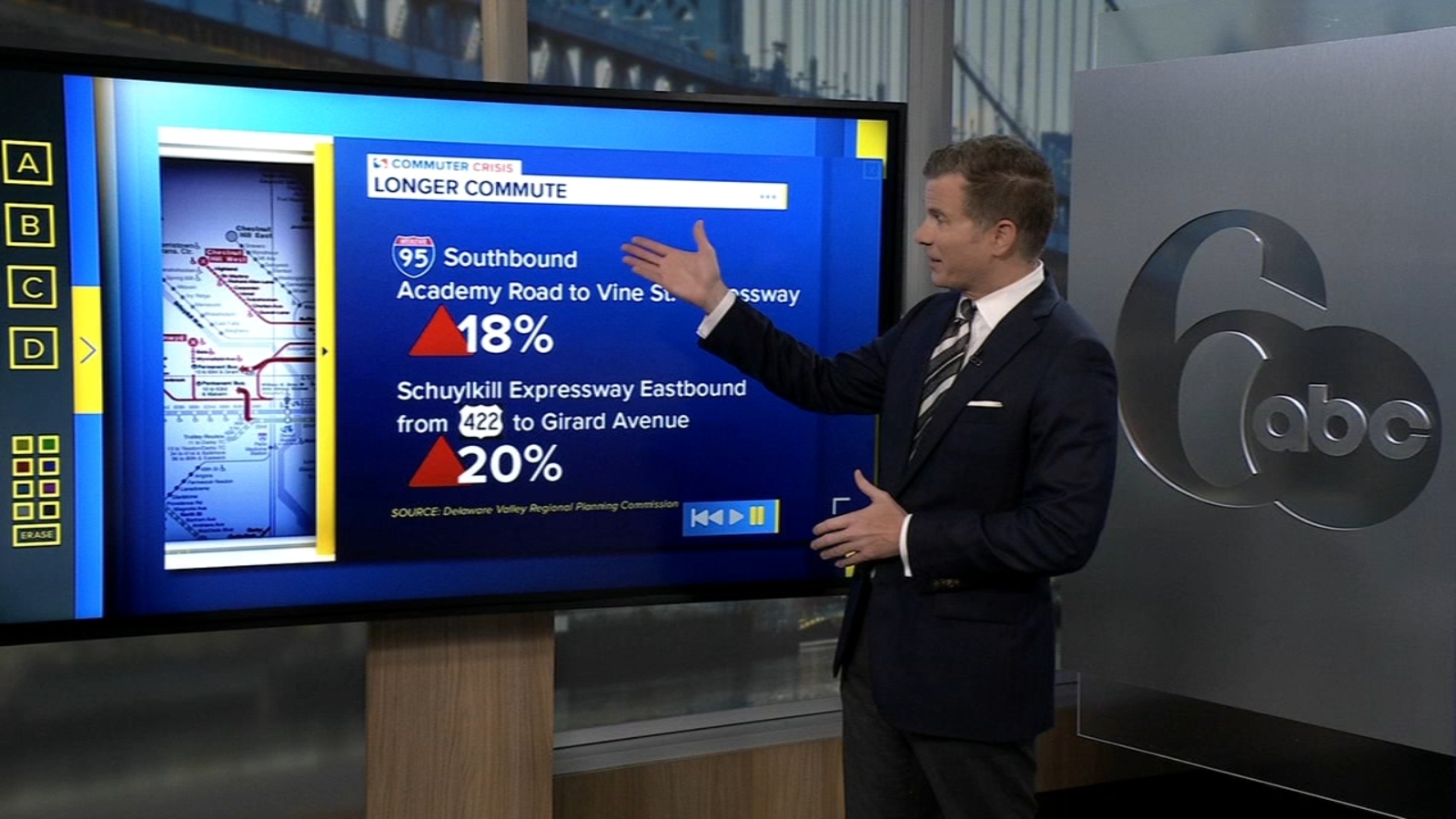Schools Resume Session Amid Traffic Jams and New Trends

As the new academic year begins, schools across the United States are welcoming students back into classrooms. This transition has been marked by familiar signs, including significant traffic congestion near educational institutions, commonly referred to as the “Minivan Log Jam.” According to local reports, parents are now more likely to drop off their children in personal vehicles rather than utilize school buses, a shift that reflects changing social dynamics.
The sight of minivans and SUVs forming long lines outside schools has become a defining feature of the start of the school year. This trend raises questions about the decline of school bus ridership, which was once a staple of the educational experience. In the past, children from diverse backgrounds shared bus rides, creating a communal atmosphere that is increasingly rare today.
In shopping centers like Stuff Mart, parents are also noticing a surge in demand for high-tech school supplies. Items such as bulletproof, WiFi-enabled backpacks are flying off the shelves, a response to heightened safety concerns in schools. The heavy weight of children’s backpacks, reportedly reaching up to 30 pounds, has sparked curiosity. What necessities could possibly fill such a bag, leading to speculation about the contents?
The return to school has also brought about discussions regarding educational environments and student experiences. Many parents express concern over the evolving nature of childhood. For instance, some children are now encouraged to communicate specific dietary restrictions or personal preferences, such as allergies to peanuts or gluten intolerances, alongside their unique identities. Such considerations reflect the growing awareness and sensitivity surrounding children’s needs today.
The contrast between past and present school experiences is striking. In earlier decades, the school environment was notably different. Many students recall a time when firearms were commonplace in vehicles parked at schools, with families engaging in hunting as a recreational activity. These memories evoke nostalgia for a simpler era when children faced fewer safety concerns and societal pressures.
While many parents and educators strive to accommodate the diverse needs of today’s students, significant generational differences are evident. The lifestyle adjustments parents now make, such as ensuring that children carry organic, non-GMO lunches, reflect an evolving understanding of health and wellness. Yet, this raises questions about whether such measures truly contribute to children’s well-being or add unnecessary stress.
As schools reopen, the focus on creating a supportive and safe environment for students continues to be paramount. The intersection of nostalgia and modernity in the school experience underscores the complexities of contemporary education. The return to school is not merely about academics; it also represents a broader cultural shift that shapes how families approach education and childhood.
In conclusion, as the school year begins, communities are witnessing both the challenges and joys of returning to an academic routine. The traffic jams, high-tech supplies, and evolving student needs encapsulate the changing landscape of education, making this year a unique chapter in the ongoing story of childhood.






